History of Canaan Valley
March 30, 2022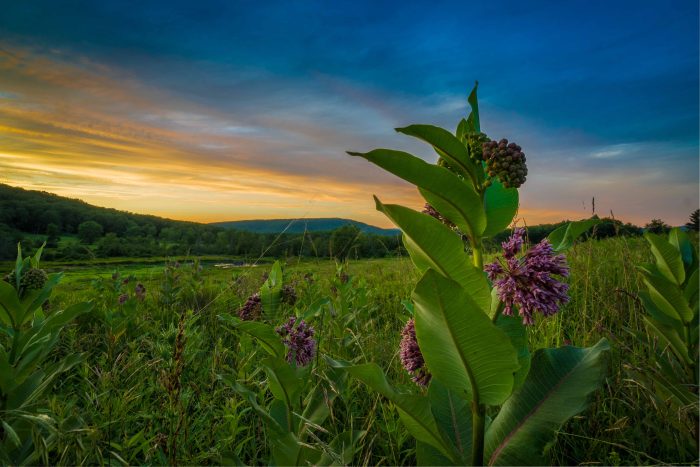
A Valley Transformed
Before spring and summer adventure driven folks begin arriving in Canaan Valley, we are going to visit a dramatic history of the East Coast’s highest valley. What impresses me most is that one doesn’t have to go too far back in documented history to find the “beginning” of Canaan Valley as we know it today.
Settlement by Henry Fansler and his family first came to Canaan Valley proper in 1748. Initial expeditions and surveyors of Lord Fairfax trickled through a few years before and after, with failed attempts at extended stays, as history goes.
The land was so unforgiving that Native Americans were not known to travel into Canaan Valley. Even though Native American tribes had been in the area living and hunting around Parsons and Seneca Rocks for thousands of years, there were simply no signs of human activity in Canaan Valley.
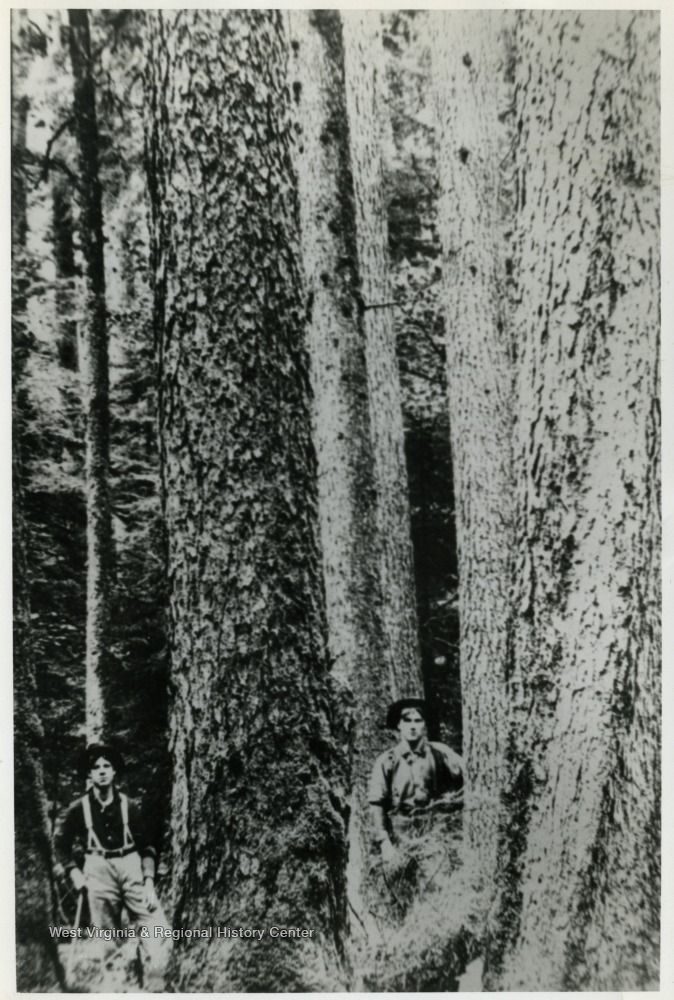
Imagine a time when every Red Spruce in Canaan Valley was over 100 feet tall and so dense that only rhododendron grew underneath. Wood-land Bison and Eastern Elk roamed these lands freely for thousands of years.
The Fansler’s, for all intended purposes, were the first European settlers to call Canaan Valley home for a period of time. It was not until 1864 that another family, led by Solomon Cosner, successfully inhabited the former Fansler homestead lands for the long hull.
European settlers were primarily fur trappers, hunters, and farmers. Timbering on an industrial scale of Canaan Valley and what is today the Monongahela National Forest did not begin until about 1880. By the 1920’s, Babcock Lumber and Boom Company in Davis had literally exhausted every timber resource in the Valley. In 1923 they sold all of their land to a power company.
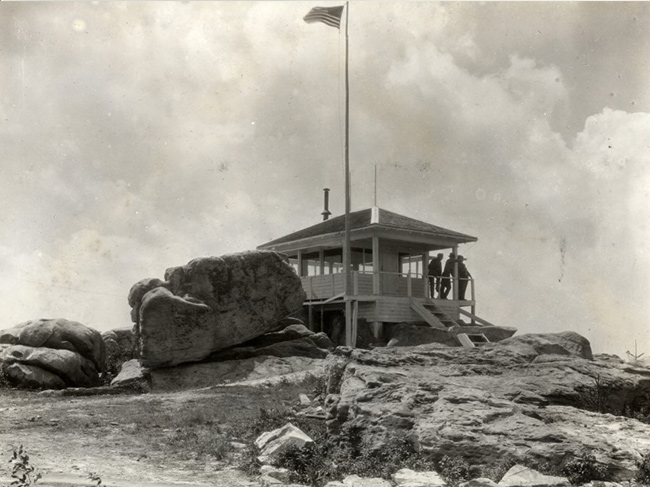
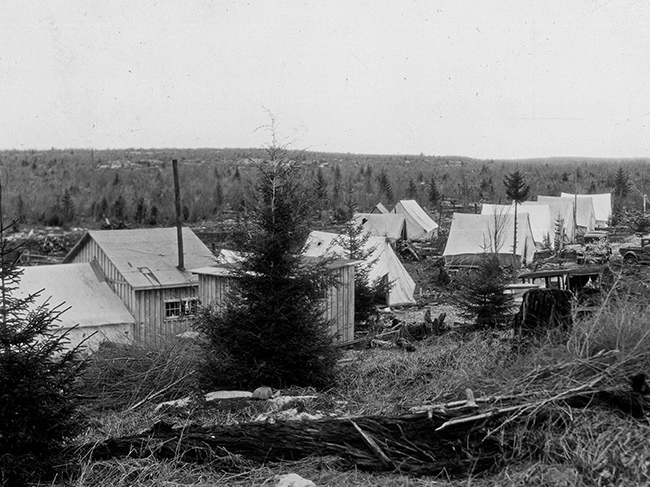


New Beginnings
Ultimately, this sale would preserve the northern end of Canaan Valley. A hydro-electric dam would have been constructed, turning 25% of Canaan Valley into a lake. From 1970 to 1988, court battles over a Clean Water Act permit and public uproar held the electric project in limbo. In 1994 a purchase was worked out with the US government; the Canaan Valley National Wildlife Refuge would be our 500th National Wildlife Refuge.
After 40 years of timbering, the land between Davis and Dolly Sods Wilderness would be completely clear cut of trees. All the underbrush and peat soil would soon dry out completly, eventually catching fire and burning down feet of nutrients.
There are stories of Davis being surrounded by man-made ditches filled with water in order to save the town from fire. A recent fire in Dolly Sods Wilderness shed light on how difficult putting out peat-fires burning underground actually is. In the 20’s, these wild fires burned through spring rains and winter’s snow, leaving only exposed rock behind.
Eventually the Civilian Conservation Corps would begin a replanting effort to restore these lands. Today one can see the results when driving through towering spruce trees between Davis and Canaan Heights on Rt. 32. Fun fact. A large logging camp and fire tower were located not far from here, pictures of them are above.
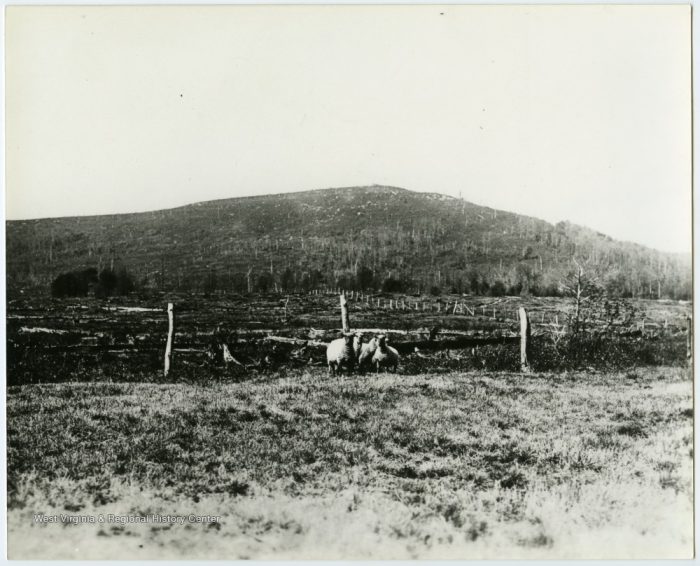
Where We Landed
Between the 1930’s and 1960’s Canaan Valley would experience a divergence of personality. Military training for WWII, development and draining of southern Canaan Valley for commercial reasons, and traditional farming filled the void. Interestingly, at a time the valley would be known for its exceptional cauliflower production.
All of the farms you see today, especially down Rt. 72, were present during this time. It is highly likely that 99% of the families farming then, remain today. If you have ever skied White Grass Cross-Country Resort, Springer Orchard was one of the first areas to be settled and farmed. Today, Black Angus cattle graze in the summer with skiers taking over come winter.
A funny thing happened in the late 40’s, when pilots flying over Canaan Valley noticed snow pockets sticking around until May. The pilots happened to be skiers as well. By 1953 the Washington D.C. Ski Club leased 60 acres to operate a ski area known as Driftland at what is today, Canaan Valley Ski Resort. As a result of skiing’s success in drawing new visitors to the area, Canaan Valley is now home to three ski resorts and a thriving four-season tourism economy started 70 years ago.
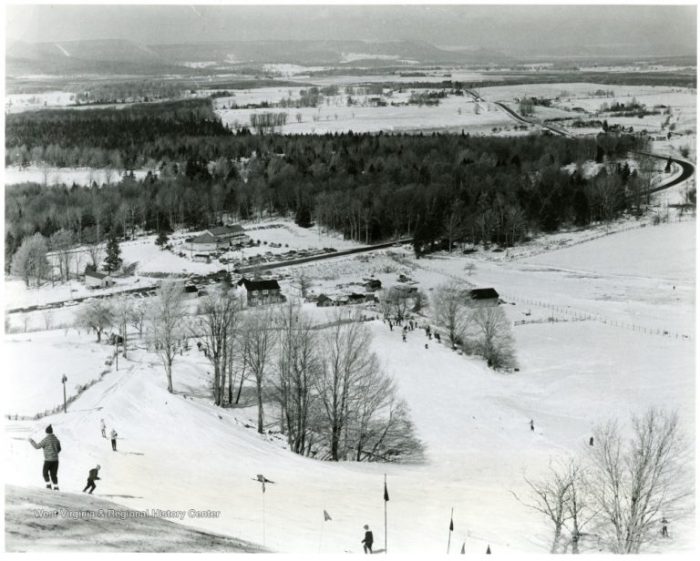
What’s most striking is that the history of Canaan Valley is not very far removed from present day. Hearing stories from the past are simply a question away. One thing I have noticed in my 25 years of living here; when it comes to family and the past, local folks open up with great candor.
One of my favorite stories is from a good friend. Her grandfather would walk from Sully, WV (near Canaan Valley) to Seneca Rocks in a day, camp overnight, and then return home. This was a favorite past-time for a man that farmed and raised cattle his entire life. Respect
If the history of Tucker County interests you, our office in Davis has a good collection of historical books for purchase. We can also answer some of your most intriguing questions on the area.
Cheers,
Brian

 array(0) {
}
array(0) {
}